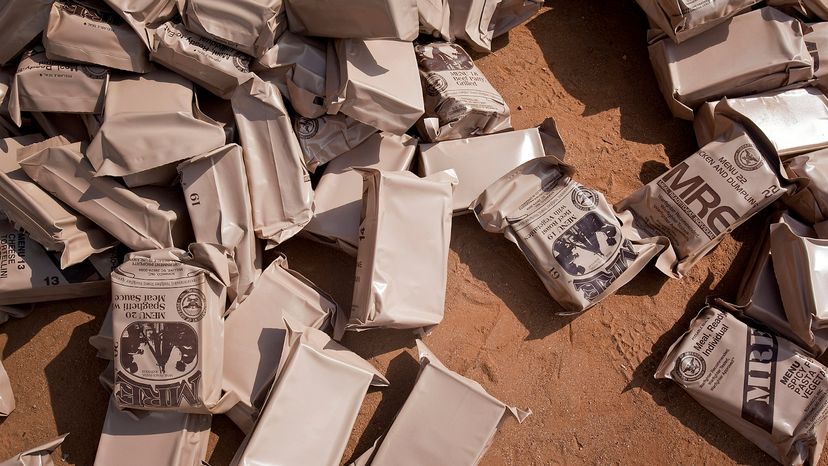
The saying, "An army travels on its stomach" is one of those brilliant, concise statements of fact that sums up the nature of the universe. Without food, any human being is an unhappy animal. A soldier is a human on the move and under a lot of stress, so food is vitally important to performance and survival.
Food is the human body's source of fuel. Food also provides the building blocks for the body's natural repair and maintenance processes. And there is also a very strong psychological component to food. Bad food, even if it is nutritious, does not satisfy people, and in many cases people will not eat it. Otherwise we would all be happy eating dry kibble like dogs do. Tasty, healthy, nutritious food is essential to human happiness.
Advertisement
Given these facts, it is not surprising that the U.S. military spends an inordinate amount of time and effort supplying food to its troops. Food for the soldiers is just as essential as fuel for the vehicles and ammunition for the weapons.
Right on the packaging, military meals state that, "Restriction of food and nutrients leads to rapid weight loss, which leads to: Loss of strength, Decreased endurance, Loss of motivation, Decreased mental alertness." Obviously food is extremely important to human performance.
In this edition of How Stuff Works you will have the chance to learn about the MRE, or Meal, Ready to Eat -- the portable meals that soldiers eat in battle. There is a lot more to feeding a soldier than you would think!